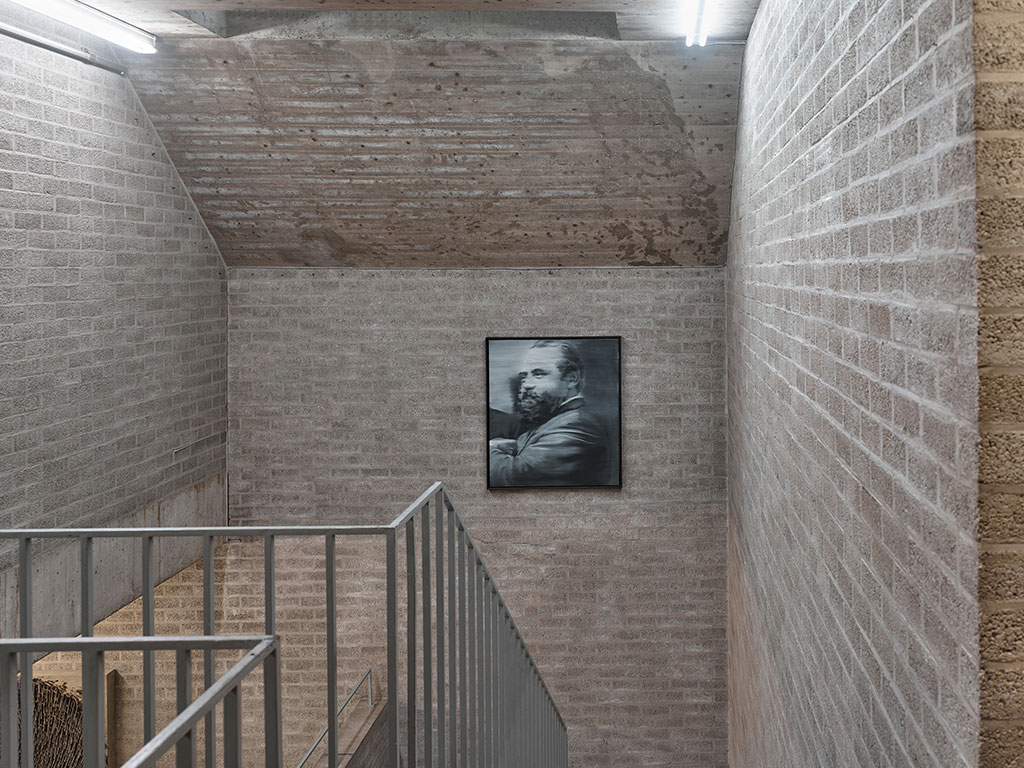On November 23, 2018, Alfred Schmela – the founder of the pioneering Galerie Schmela in Düsseldorf – would have celebrated his 100th birthday. To mark the occasion, the Kunstsammlung Nordrhein-Westfalen has organized an exhibition devoted to this influential and charismatic art dealer.
The presentation places the focus on Schmela’s widely ramified network, which functioned as a crucial nodal point of the international art scene during that era. At the same time, the Galerie Schmela, established in 1957, served as a vital source of inspiration for many art galleries that were launched during the 1960s. Although art historians have turned their attention toward the protagonists, structures, and mechanisms of the 20th-century art market to an increasing degree since the 1980s, no exhibition devoted exclusively to the Galerie Schmela has been organized up to this point. The Kunstsammlung Nordrhein-Westfalen is remedying this omission by casting a spotlight – assisted by Schmela’s granddaughter Lena Brüning as guest curator – on the impact of this “trailblazer of the avant-garde”.
The venue for this exhibition is the architecturally incisive gallery building in Düsseldorf’s historic city center, planned by Aldo van Eyck and inaugurated in 1971. Assembled in the Schmela Haus – which was named for the commissioning client – are works by internationally renowned artists whose success is owed to a large degree to the activities and commitment of Alfred Schmela. Among these are exponents of Nouveau Réalisme such as Yves Klein and Arman, but also US-American artists like Kenneth Noland and Mark Tobey. Schmela’s engagement also benefited regionally active artists: Joseph Beuys was among his key artists, and Schmela worked closely as well with the ZERO group and the artists of Capitalist Realism, in particular Gerhard Richter. In combination with previously unexhibited archival material (correspondence, guest books, invitations, photographs, etc.), they shed light on the working methods and unique spirit of the Galerie Schmela.

